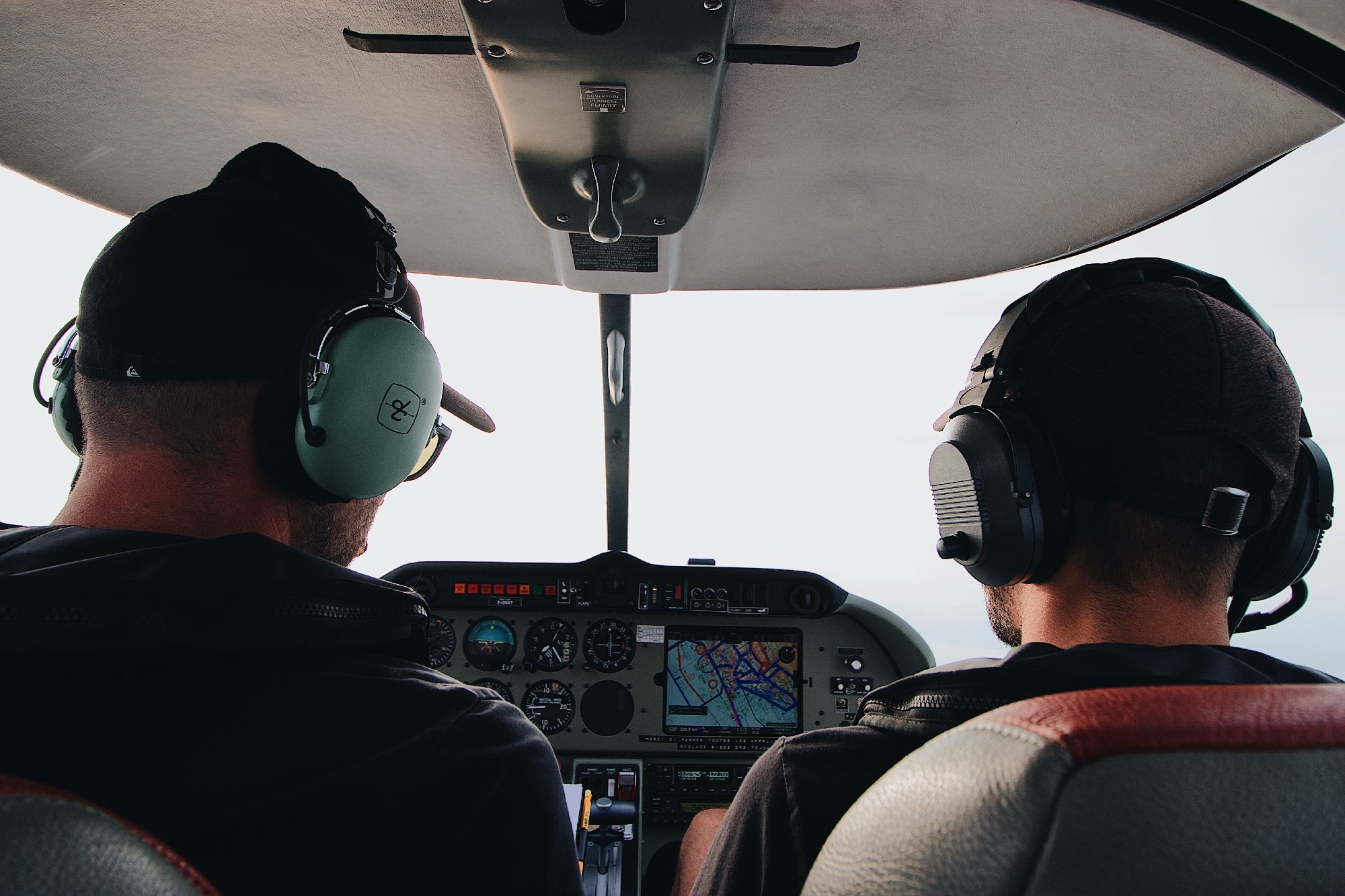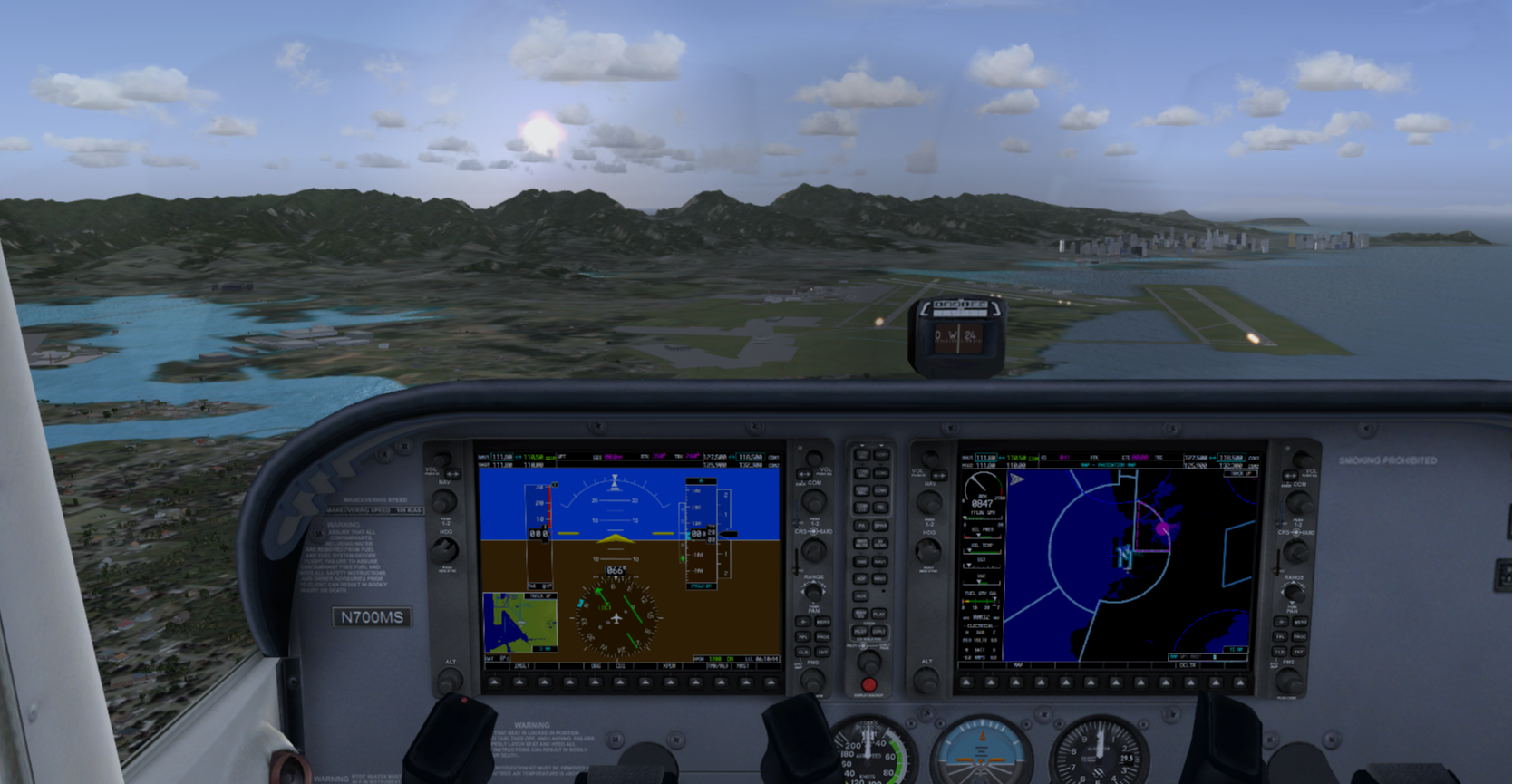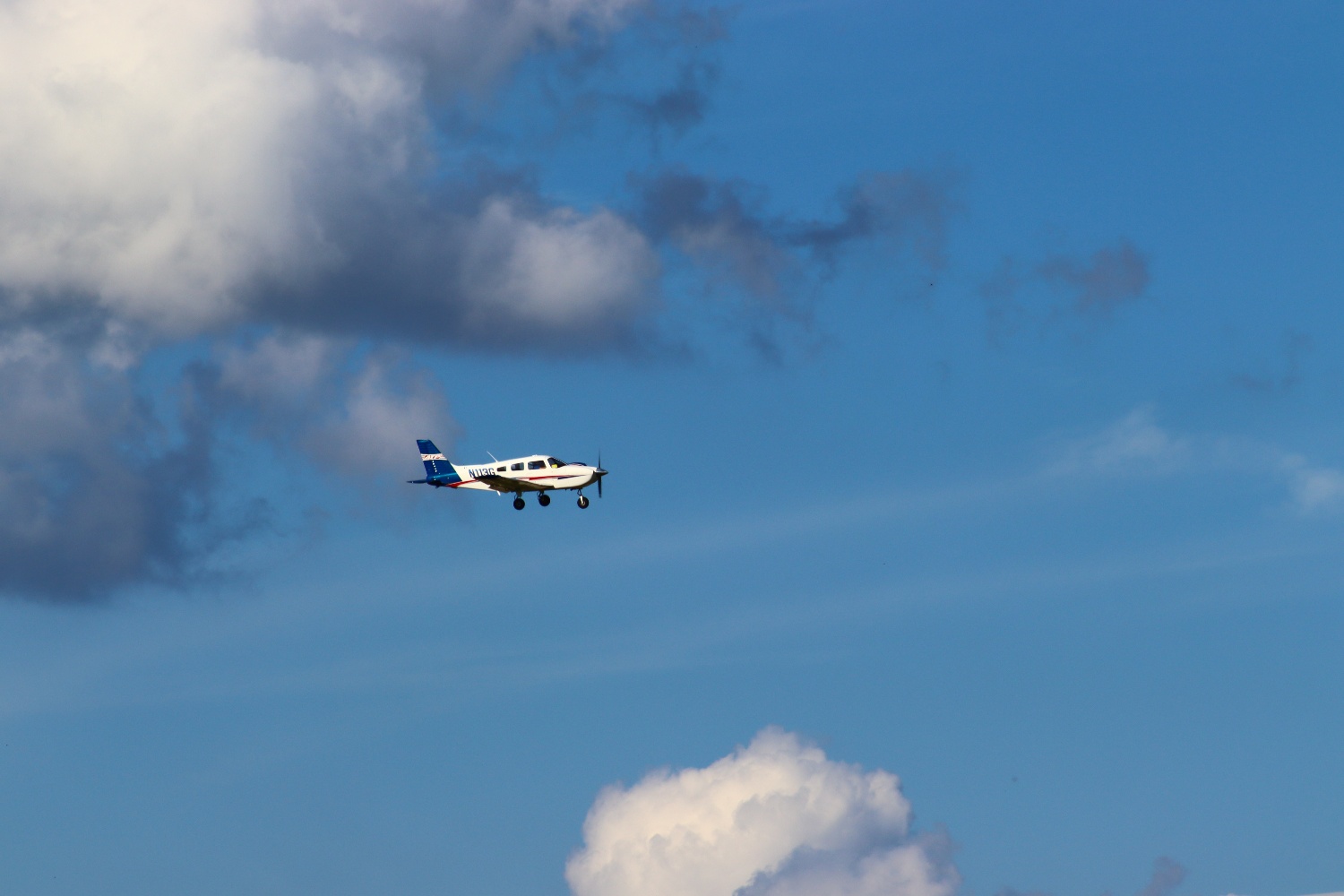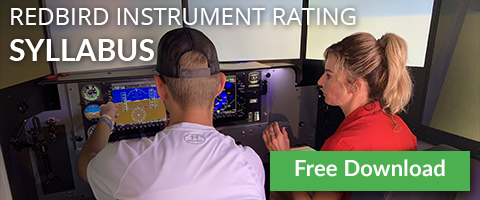4 IFR Training Tips To Help You Start Flying in the Clouds
The transition from flying under Visual Flight Rules (VFR) to Instrument Flight Rules (IFR) brings new challenges. You must learn new skills, adhere to new sets of regulations, and expand the types of training you do to gain proficiency. However, the work you put into becoming an IFR pilot is well worth it. An instrument rating opens up new allowances and rewarding opportunities for your flying. Plus, the knowledge you gain along the way helps you become a better pilot. If you have designs on flying in the clouds, here are four tips to help you get started.
Be Patient
Your first IFR lesson is usually quite a wake-up call. Sure, you had your required three hours under the hood while earning your private pilot certificate, but your first IFR lesson involves doing more than maintaining straight and level flight and practicing standard rate turns. Besides, like everyone else during primary pilot training, you probably snuck a peek at a visual reference with your peripheral vision, even if accidentally.
But during your first IFR lesson, you will find yourself responsible for much more than stable flight and the ability to get yourself out of instrument meteorological conditions (IMC). Now you must also perform more complex navigation, talk on the radio, reference an approach plate, and keep a lot of information well-organized in your head — all while your autopilot remains turned off. That is a tall order, even with an occasional sideways glance out the window.
But the fact remains that many before you have conquered the cloudy skies, and you can too. Truly, it’s a matter of regular practice and exposure to the conditions and situations flight in IMC presents. Keep at it — and fly in actual IMC with your flight instructor as often as the weather conditions allow.
Related Content: An Introduction to Single-Pilot Resource Management in TAAs
Keep Your Private Pilot Training in Mind
As you progress through instrument training, look for similarities and differences from your primary pilot training. This will reassure you in some areas and help identify other areas that require more attention.
For example, when you were a pre-solo student pilot, you fumbled and hesitated on the radio, but with some practice, you could anticipate what air traffic control was going to say and how to respond.
Now that you are pursuing your instrument rating, you will experience a similar learning curve with the new information you must organize and communicate — but it’s a familiar feeling you will get used to over time. The first time you chase the needle on an ILS approach is one example where the learning curve may feel pronounced. As a VFR pilot, you may have set your VOR to track a station 30 miles or so away and not seen your CDI move unless you were deviated by hundreds or thousands of feet.
Riding the rail on an ILS approach requires you to maintain proper position in all three dimensions while descending at a constant speed — and all this while the CDI and GS needles become ever twitchier as the runway draws near. The stark contrast will make apparent an area that requires constant attention in your training.
Recognize the Duality of the Glass Flight Deck
The advent of glass flight decks ushered in a new era for general aviation, especially in instrument flying. Unfortunately, the additional information provided by digital avionics has not resulted in a dramatic reduction in IMC-related incidents.
Glass avionics provide so much reassuring information that some pilots let their instrument skills deteriorate. While they can, and do, provide better information than an analog panel, you must do your part in the left seat by accomplishing three critical things.
-
You must become familiar with everything your complex systems can do, including what they can’t do.
Typically, digital instruments offer pilots much more information and capabilities than the old six-pack-plus-NAV planes. You must be sure you know how to use every function, understand every caution and warning, and know the best course of action based on the information provided. Using a glass flight deck is not a safer way to fly unless you can use all of it to your advantage. -
You must remain proficient with your systems.
Similar to your computer’s operating system or your ForeFlight app, glass flight decks are subject to frequent software and database updates. When these changes occur, some features and functions you use might change, necessitating that you learn how they have changed and how they impact your ability to conduct a safe flight — especially in IMC. -
You must not allow your foundational flying skills to get rusty.
Every so often, fly an approach or two by hand and use a stopwatch and your backup (old school) instruments if possible. If you do not test your abilities to conduct a safe flight without a glass flight deck, your designated pilot examiner will do that for you.
.jpg?width=600&name=oskar-kadaksoo-MKh27bPCPGc-unsplash%20(2).jpg)
Related Content: The Pros and Cons of Learning to Fly With a Glass Cockpit
It Still Comes Down to ADM
You were introduced to aeronautical decision-making (ADM) as a student in primary pilot training and encouraged to make it your best friend. The same is true when you get your instrument rating, and it will remain that way if you pursue advanced ratings.
Consider why you must learn and demonstrate the required elements of an instrument rating. Ask yourself which scenarios would require these skills, then mentally place yourself on the flight deck. Can you conduct a safe flight? Are you feeling confident or nervous? These feelings will inform your judgment.
Even better, put yourself in these situations in a flight simulator. Flight sims are great for training in almost any situation, both VFR and IFR, but instrument training lends itself particularly well to practice in a sim due to the procedural nature of the type of flight. Practice in a simulator reduces the likelihood of encountering a new situation when you fly the airplane.
Earning your instrument rating is a liberating experience. You can fly much more often than when you were restricted by the visibility requirements of VFR flying. That new freedom is also a responsibility, but one you can certainly manage. By remaining persistent in your instrument training and adopting a dedication to instrument proficiency after earning your rating, you may even look forward to overcast skies on the horizon.
Share this
You May Also Like
These Related Articles

Simplify Your Instrument Rating by Mastering These 6 Tasks

5 Tips to Stay Proficient on a Home Flight Simulator

